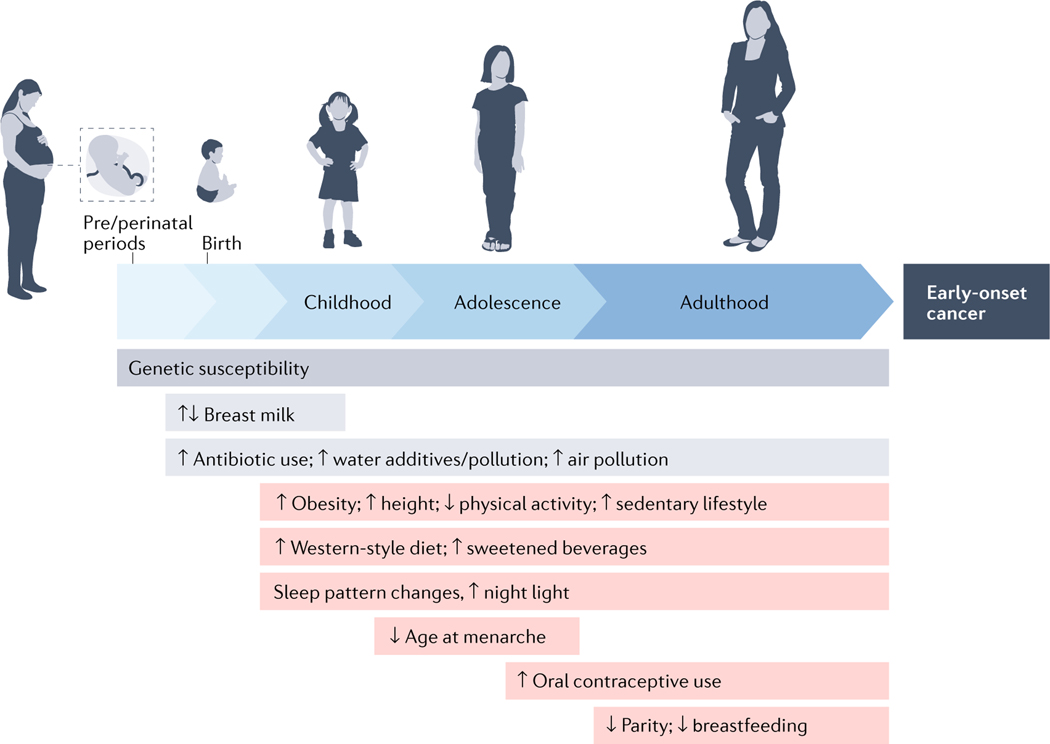Figure 2. Individual life-course exposures and their relationship with the development of early-onset cancers.
An individual will encounter various exposures throughout life, from conception (or even the germ cell period before conception), some of which might also be cancer risk factors. Considering the long latency periods of neoplastic development, risk factor exposures in early life (from conception to adolescence) and during young adulthood are considered to have pathogenic roles in the development of early-onset cancer (defined here as cancer diagnosed in adults ≤50 years of age). Genetic susceptibility results from germline genetic variants with a spectrum from low to high penetrance. Gene–environment interactions can occur at any time throughout the lifetime of an individual. This figure also implies considerable challenges in studying the aetiology of early-onset cancers.

